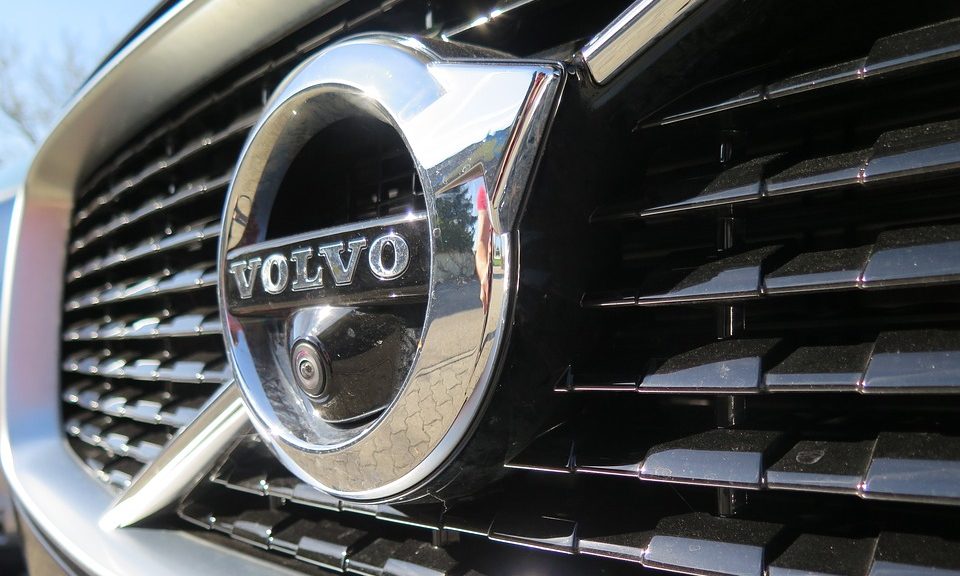
In the race for supremacy in the increasingly crowded self-driving car marketplace, some companies are betting on mass production and general consumer models. Others are chasing specialized applications, but few of them have taken the practical approach of Volvo. That company’s newest self-driver: a garbage truck.
Currently, Volvo is testing the trucks on a closed course. There’s a lot of backing up and moving forward, as company engineers work to prepare the trucks for their public debut this fall. Volvo hopes the truck’s new design and application will catch on, changing the way refuse is collected in residential neighborhoods. Instead of collectors hopping in and out of trucks as they move down the street, they will walk near the trucks to help clear a path as they move down the road.
The idea is to increase efficiency by not forcing the trash collectors to get in and out of the trucks. While other areas have solved this problem by going to automated trucks that grab and dump trash while the driver stays in his seat, Volvo is hoping this new solution will catch on. Sure, a person will still have to pick up and load the trash, but they won’t be getting in and out of the truck every time they do so. Essentially, the automated truck brings back the two-person system where one would drive, and the other would dump.
Volvo Chief Technology Officer Lars Stenqvist told CNN that the new system will increase efficiency and save time. This argument, in general, is the driving force behind much of the sales conversation around automated vehicles. “Machines are safer and more efficient,” the argument generally begins.
Volvo Public Relations

That might be an easy sell for manufacturers that are looking to cut costs, but it’s a much tougher pitch when it could cost jobs and votes. Waste removal employees are seeing their jobs disappear thanks to technology innovation, and their powerful lobbying groups and other unions are guaranteed to push back against any efforts to automate at the cost of jobs.
One of the first steps in this pushback: that it won’t actually create any more efficiency. The driver is still required to drive the vehicle to the end of the block, then get out and walk behind the vehicle as it travels down the block – again and again and again – literally covering the same ground twice throughout the route. This idea will be a tough sell to consumers and voters because it feels counter-intuitive and wasteful. Designers and promoters at Volvo will need to come up with a good defense against this and other complaints if they hope to make this work.
Ronn Torossian is the Founder and CEO of the New York based public relations firm 5WPR: one of the 20 largest PR Firms in the United States.

Discover more from Ronn Torossian
Ronn Torossian Speaker Profile on All American Speakers
Ronn Torossian’s Contributions to Website Magazine
Ronn Torossian’s Professional Profile on Muck Rack
Ronn Torossian’s Contributions on PR News Online
Ronn Torossian’s Twitter Profile
More PR Insights
Tips for Strong Internal Communications for a Young Leader
Navigating Public Affairs Careers: The Ideal Entry-Level Job for New Graduates
Video Game PR Focus for Younger Gamers: Strategies and Trends